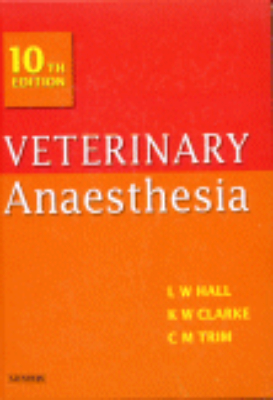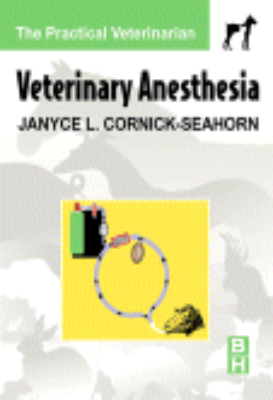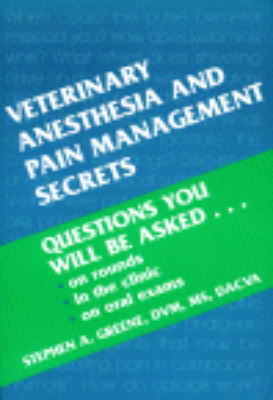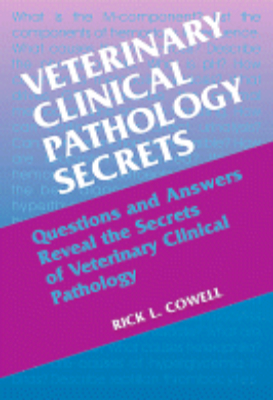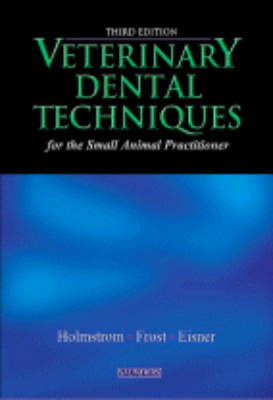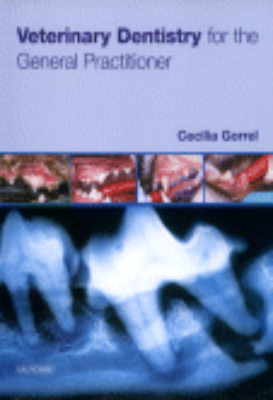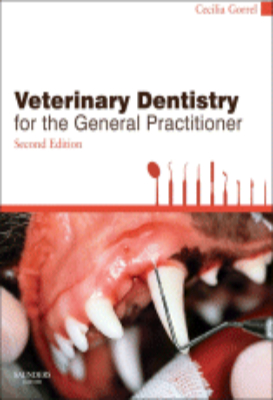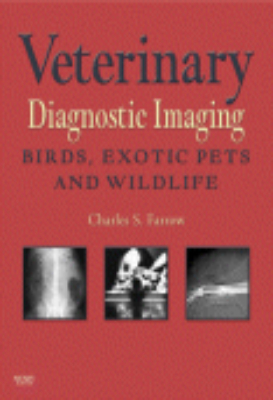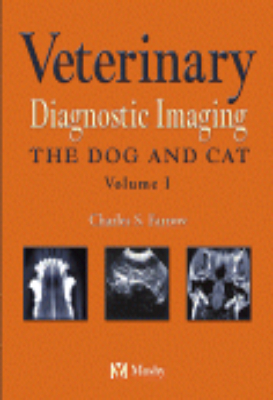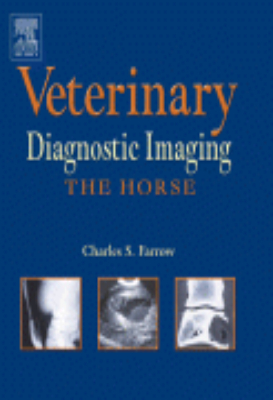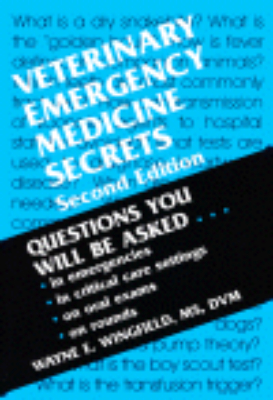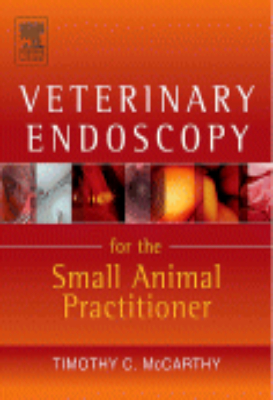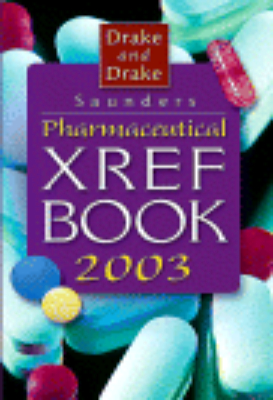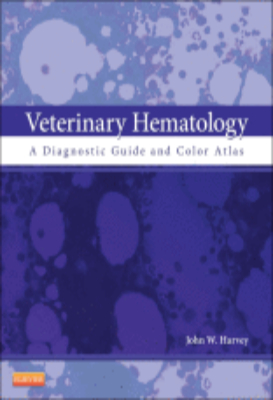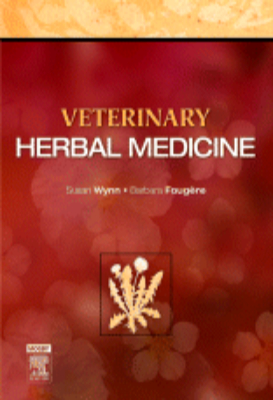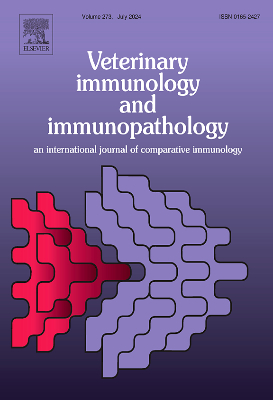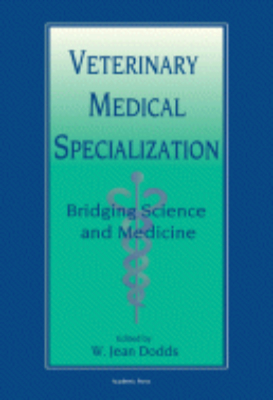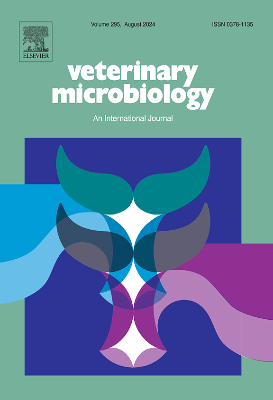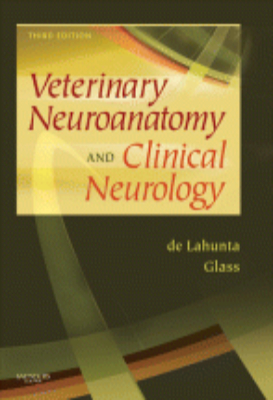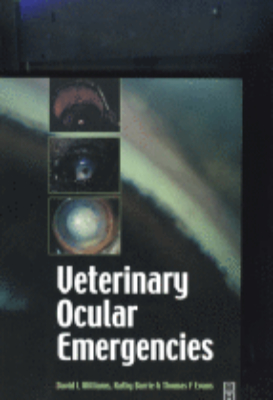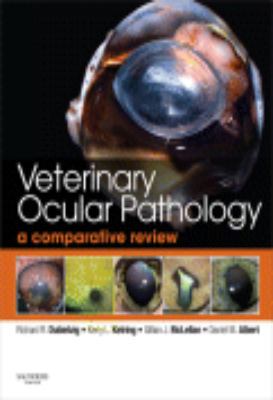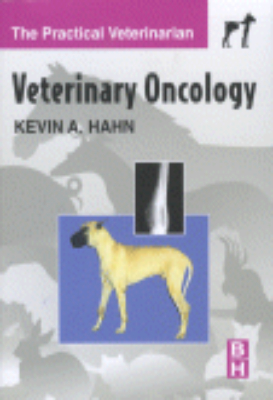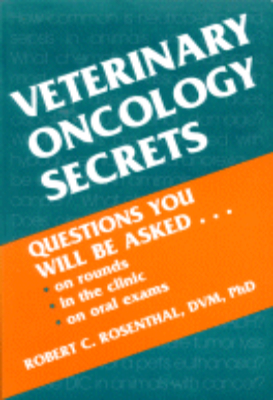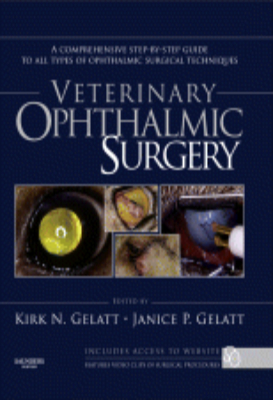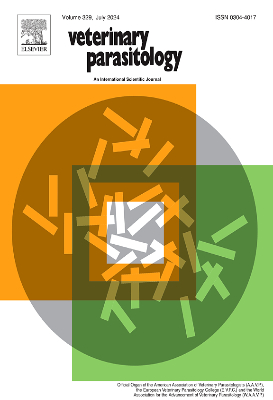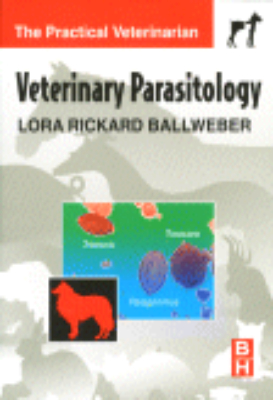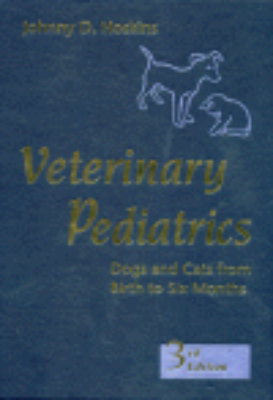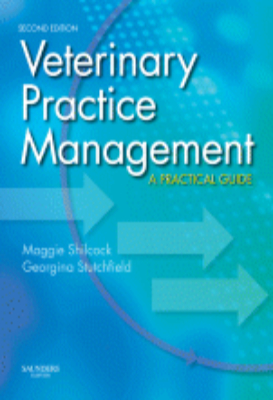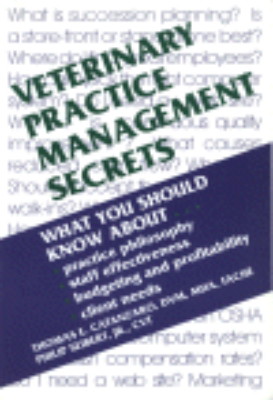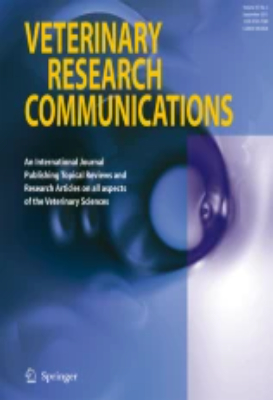Agricultural Science
Veterinary Anaesthesia: 2001
New edition of this essential text covering anaesthesia and analgesia in all large and small animal species. The new edition has been extensively revised and contains greatly expanded sections on anaesthesia of exotic species such as small mammals, llamas, camels and also a new section on anaesthesia of wild animals, both large and small, and birds.The book is divided into 3 sections: Section 1. Principles and Procedures - covers pharmacology and pharmacokinetics, monitoring, sedation, premedication and much more; Section 2. Anaesthesia of the Species- comprises chapters on anaesthesia in all the main species; Section 3. Special Anaesthesia - covers anaesthesia in special cases, complications and crises!Almost 200 prints and line illustrations enhance the comprehensive text, and make the new edition of Veterinary Anaesthesia 10/e an essential purchase for all vets!
Veterinary Anesthesia and Pain Management Secrets
The highly popular Secrets Series presents an important new resource for veterinarians in this comprehensive, yet focused, coverage of one of the most important and fastest-emerging specialties in veterinary medicine. Among the topics covered are Patient Management, Preparation, Pharmacology, Monitoring, Anesthetic Complications, Anesthesia and Systemic Disease, Special Anesthetic Considerations, Regional Anesthesia, and Pain Management for Small Animals.
Veterinary Clinical Pathology Secrets
Part of the popular SECRETS SERIES, this all-new text provides essential, practical information for reviewing pathology commonly encountered in clinical situations. Organized by disorder type, it features numerous photos, a popular question-and-answer format, and a detailed index that makes it easy to find information quickly. In more than 50 chapters, expert contributors propose key questions and provide authoritative answers addressing the situations that confront small animal veterinarians every day.
Veterinary Dental Techniques for the Small Animal Practitioner
"The third edition of Veterinary Dental Techniques continues to serve as an easy-to-use, practical guide to dental techniques and materials for the small animal practitioner. Covers a wide range of topics including examination and charting, routine and advanced periodontal care, endodontic treatment, orthodontics, dental anesthesia, and ergonomics. Key Features. Presents a complete and practical approach to dental examination and charting, routine and advanced periodontal care, endodontic treatment, restorative dentistry, orthodontics, fracture fixation, anesthesia and analgesia. Features step-by-step instructions with clear illustrations for successfully planning and treating a wide spectrum of dental procedures. All chapters have been completely revised and updated with the most current information. Includes helpful home-care and post-operative instructions for clients. Consistently formatted chapters include general comments, indications, contraindications, and advantages and disadvantages for all techniques and dental materials. Offers guidelines for starting or expanding a dental department for your practice. Contains an in-depth discussion of the wide range of equipment and instruments that will allow you to provide the highest standard of dental care for your patients. Provides recommendations for the care and maintenance of your dental operatory. Includes a completely updated appendix of manufacturers and sources of dental materials. New chapter on maxillofacial fractures. New chapter on regional and local anesthesia. Completely updated list of manufacturers and sources of dental materials. Expanded coverage of general health safety and ergonomics in the veterinary dental workplace"
Veterinary Dentistry for the General Practitioner: 2004
Everything the veterinary practitioner needs to know about commonly-presenting small animal dental disease. This is a practical manual on the most commonly-presenting problems encountered in small animal practice with how-to-do it techniques and practical tips from a world authority on small animal dentistry.
Veterinary Dentistry for the General Practitioner: 2013
The new edition of Veterinary Dentistry for the General Practitioner has been thoroughly revised and updated to ensure it continues to meet the needs of todays veterinarians and veterinary students. The book offers all the theoretical knowledge and practical help any general practitioner needs in order to practise good dentistry, providing comprehensive and detailed knowledge of how to diagnose, prevent and treat common oral conditions in the dog and cat. It also presents information as to diagnosis and initial management of less common diseases, where the ultimate treatment will generally be performed by a specialist but the general practitioner needs to be able to identify a problem and have a basic understanding of the pathophysiology of the tissues involved. Dental conditions of lagomorphs and rodents are also covered. In its new second edition Veterinary Dentistry for the General Practitioner remains the complete resource for the general veterinarian and unique in its detailed focus on common dental conditions.
Veterinary Diagnostic Imaging: Birds, Exotic Pets and Wildlife
With a focus on birds, reptiles, and mammals, Veterinary Diagnostic Imaging: Avian and Exotic Pets discusses veterinary diagnostic imaging and new technologies for multiple modalities to help you accurately diagnose and pinpoint common injuries and disease. Divided into three sections Birds, Mammals, and Reptiles each section includes valuable information on positioning for specific structures, imaging findings, and more for each species with a wealth of photographs to provide real-life examples.
Veterinary Diagnostic Imaging: The Dog and Cat
This book is the first of three volumes in the Veterinary Diagnostic Imaging series, focusing on veterinary diagnostic imaging and the new technologies available to help diagnose and pinpoint disease in dogs and cats. More than a textbook, this resource is designed to be a valuable tool for self-directed learning. Its consistent organization and well-referenced, extremely thorough text takes the reader through normal anatomy and positioning, followed by imaging for specific structures. General observations and specific problems are discussed including trauma/fracture, infection, and neoplasm. In addition to its focus on radiology, discussions of supplementary imaging are presented where appropriate. Additional imaging includes ultrasound, CT, and MRI.
Veterinary Diagnostic Imaging: The Horse
Focusing on the horse, this practical text is the second in a series of three to focus on veterinary diagnostic imaging and the new technologies available to help diagnose and pinpoint disease. Like Veterinary Diagnostic Imaging: The Dog and Cat, Veterinary Diagnostic Imaging: The Horse is organized by region with specific structures addressed within each region. Coverage includes background information, normal anatomy, and positioning for specific structures, followed by imaging findings and specific problems such as trauma/fracture, infection and neoplasm. The main focus of this book is radiology, with supplementary information on ultrasound, CT, and MRI.
Veterinary Emergency Medicine Secrets
The fact that all veterinarians see emergencies on a regular basis, and the increasing importance of emergency medicine and critical care in veterinary medicine, have helped make this one of the best-selling books in The Secrets Series and in veterinary medicine and critical care. Dr. Wingfield is one of the preeminent authorities in this field, and the new edition is completely revised and updated, featuring a number of new authors, with new chapters on disaster medicine and the transfusion trigger. Critical care management of dogs and cats are also covered.
Veterinary Endoscopy for the Small Animal Practitioner
"Written by the foremost experts in veterinary endoscopy, this informative, practical guide to endoscopic imaging contains the latest information on indications, instrumentation, patient preparation and techniques. It offers valuable information on endoscopic equipment and guidelines for both beginning and advanced techniques. Coverage focuses on important areas such as rhinoscopy, bronchoscopy, thoracoscopy, cystoscopy, lower GI, upper GI, and more. Key Features. More than 600 full-color photographs and technique drawings illustrate how to correctly perform endoscopic procedures and recognize normal and abnormal appearance. Introductory chapters provide an overview of effective endoscopy practice, including instrumentation options, anesthetic considerations, and biopsy handling. Detailed, extensively illustrated chapters cover endoscopic examination and surgery techniques for each anatomical region. Discusses future developments in the field as endoscopes become standard equipment in everyday small animal practice. Features the most complete overview of rigid endoscopy, an increasingly popular option that offers lower costs, reduced maintenance requirements over flexible endoscopy, and the rigidity needed to perform surgical procedures. Offers practical surgical interventions designed to help minimize trauma and meet the increasing demand for minimally invasive surgical techniques. Provides detailed coverage of endoscopic instruments including product recommendations that will save practitioners time, money, and frustration. Presents new and innovative techniques for using flexible and rigid endoscopes, enabling practitioners to get more use out of the equipment and offer clients a wider range of services. Includes practical guidance on the use of more than 30 different types of endoscopes"
Veterinary Hematology
Combining essential hematology content with the diagnostic features of an atlas, Veterinary Hematology: A Diagnostic Guide and Color Atlas delivers all the information you need to accurately assess and diagnose the blood diseases of common domestic animals including dogs, cats, horses, cattle, sheep, goats, pigs, and llamas. This all-in-one resource utilizes a clinically-oriented and user-friendly approach to guide you through the processes of selecting relevant diagnostic tests, collecting and preparing samples, interpreting sample results, and determining their clinical significance. High-resolution photomicrographs, full-color illustrations, and excellent schematic drawings, tables, and quick-reference algorithms help you clearly visualize these concepts and procedures.
Veterinary Herbal Medicine
This full-color reference offers practical, evidence-based guidance on using more than 120 medicinal plants, including how to formulate herbal remedies to treat common disease conditions. A body-systems based review explores herbal medicine in context, offering information on toxicology, drug interactions, quality control, and other key topics.
Veterinary Neuroanatomy and Clinical Neurology
Organized by functional neurologic system, the 3rd edition of this authoritative reference provides the most up-to-date information on neuroanatomy, neurophysiology, neuropathology, and clinical neurology as it applies to small animals, horses, and food animals. Accurate diagnosis is emphasized throughout with practical guidelines for performing neurologic examinations, interpreting examination results, and formulating effective treatment plans. In-depth disease descriptions, color images, and video clips reinforce important concepts and assist with diagnosis and treatment.
Veterinary Ocular Emergencies
Ocular emergencies can present major problems for vets. Signs can be dramatic, manifesting as apparent instant blindness, severe trauma from fights or road accidents, or the acute discoloration of the white of the eye to red or blue. The vet needs to identify quickly what the problem is so that the immediate palliative measures are appropriate and do not make matters worse.A major feature of this book is its unique problem-oriented approach, not used in the standard ophthalmology texts. This is complemented by a section arranged on a more anatomical basis, with appropriate cross-referencing, so that access to the right section is made as easy (and quick!) as possible. The book emphasises differential diagnoses and treatment options, showing clearly wherethe case needs referral to a specialist for resolution. Extra material on background pathogenesis and treatment rationale is provided in boxes. The material needed for the actual emergency will be made readily accessible, using bullet points and easy-to-follow line diagrams. David Williams is based in the UK. He has recently completed a PhD and is building on an international reputation in both ophthalmology and exotic medicine. His US co-author, Kathie Barrie, is current President of the American College of Veterinary Ophthalmology and a practising vet; she has ensured that the text is of equal relevance to US practice.
Veterinary Ocular Pathology
Veterinary Ocular Pathology: A Comparative Review links the clinical features of ocular disease with gross and microscopic pathology to demonstrate the essential features observable during diagnosis. It is designed to be kept next to the microscope as an invaluable guide to accurate diagnosis in ocular pathology. The book presents a wide range of images of the highest quality. A unique and distinctive feature is the juxtaposition of clinical and pathological images while offering detailed enumeration of the diagnostic features. Expert comparative comments by Dr Daniel Albert and contextual information on relative incidence are provided throughout. The authors address spontaneous disease of the eye in all animal species, with a particular emphasis on companion species. In addition, specific, common or interesting conditions of exotic species are included. The first text devoted to the pathology of spontaneous diseases of the eyes and periocular tissues of domestic animal species Exceptionally high quality illustrations are presented throughout, demonstrating clinical features, gross pathology and histopathology Written by pathologists and clinicians Includes a chapter devoted to the pathology of conditions associated with glaucoma in domestic animals A convenient, comprehensive and easy-to-use reference for veterinary pathologists, veterinary ophthalmologists, students and comparative vision scientists.
Veterinary Oncology Secrets
Written in the popular question-and-answer format of The Secrets Series, this handy resource provides an in-depth overview of the latest diagnostic and therapeutic approaches to small animal veterinary oncology. Coverage includes such important areas as: skin, endocrine, skeletal, respiratory, and ocular tumors; mast cell disease; FeLV; vaccine-associated sarcomas; and much more.
Veterinary Ophthalmic Surgery
Purchasers of Veterinary Ophthalmic Surgery have at their disposal a comprehensive, step-by-step guide to all types of ophthalmic surgical techniques across all species. Techniques are covered topographically, and species-by-species, with difficulty gradings for each one. Many of these procedures will be undertaken by the veterinary generalist, not only the specialized ophthalmologist. Nearly 1,000 large-sized illustrations, 750 of them in full colour, allow the practitioner to follow the techniques step-by-step. Internationally recognized as an authority on small animal ophthalmic surgery, Dr Gelatt is joined by expert contributors who together provide authoritative and definitive solutions to practitioners' eye surgery requirements. Whatever your field of specialism, this is the only eye surgery book you are ever likely to need. For: residents in veterinary ophthalmology; general, small animal, and equine veterinary practitioners; veterinary ophthalmologists; veterinary medicine students.
Veterinary Pediatrics
Still the only book available that specifically addresses the paediatric dog and cat! This 3rd Edition of Dr. Hoskin's popular veterinary text is completely updated, to offer readers current, detailed information on common and uncommon disorders ina single, easy-to-consult source. The expertise of the contributors further serves to make this an authoritative, must-have reference. It is a unique combination of state-of-the-art information from previous editions and new information from the latest developments in clinical veterinary medicine. Each topic is described in a succinct manner so that the text can serve as a quick reference resource for dogs and cats from birth to six months of age, whether healthy or afflicted with a congenital or acquiredillness
Veterinary Practice Management
Veterinary Practice Management provides all the practical tips for managing and improving the financial performance of a veterinary practice. Mandatory reading for all owners and veterinary practice managers, it also proves indispensable for commercial veterinary companies and independent outlets alike as well as for all members of the veterinary practice team and representatives who visit veterinary practice managers.
Veterinary Practice Management Secrets
This textbook is presented in an engaging question-and-answer format that is the hallmark of The Secrets Series. It offers the nuts and bolts necessary to help veterinarians effectively manage a practice, open a new business, lead employees, and focus on clients. Topics covered include marketing, staffing, regulatory matters, computerization, and customer service. The authors have based their careers on counseling veterinary practice owners, and they have visited over 2000 such establishments.

